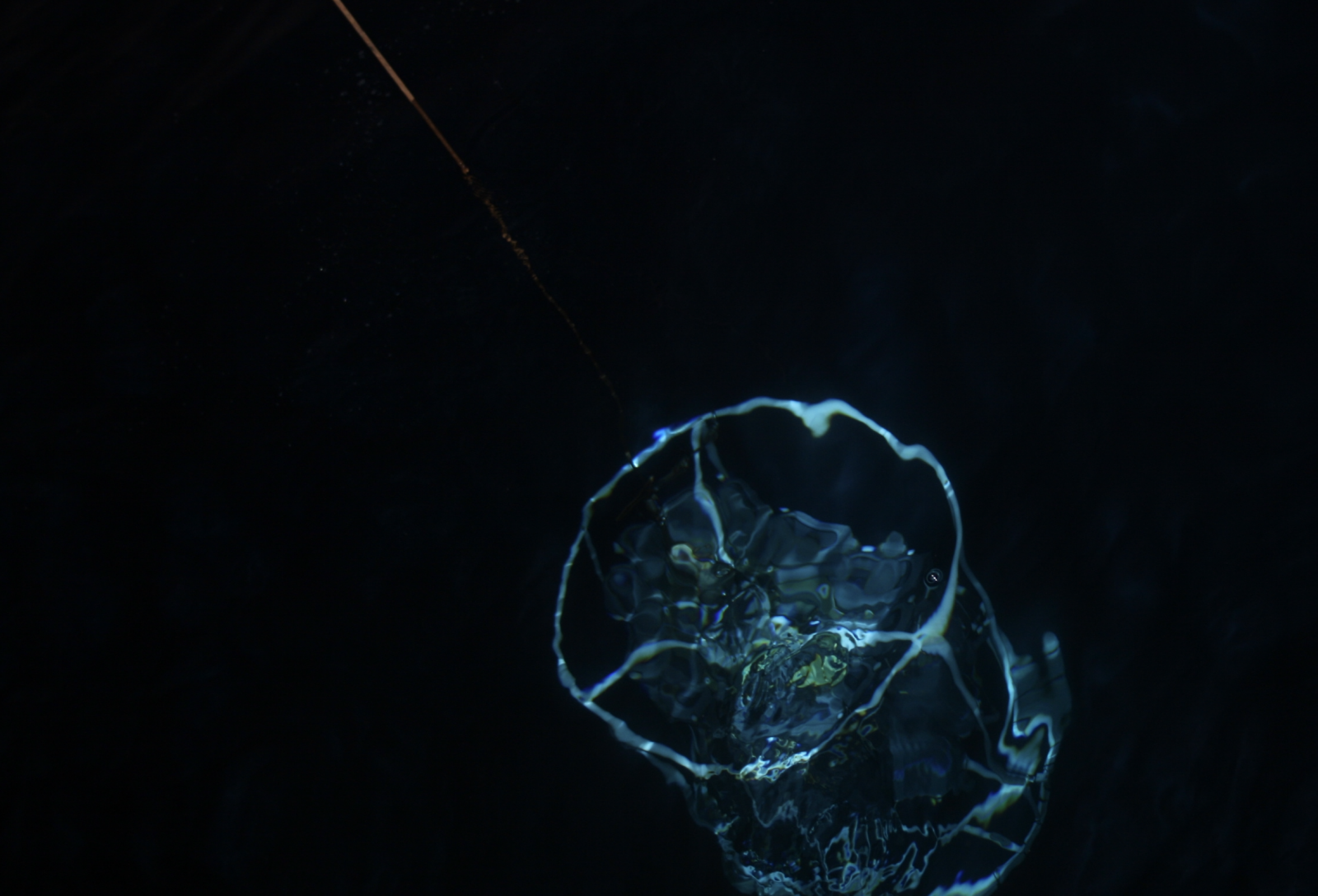Urea as an overlooked source of nitrogen and energy for deep-sea microorganisms
By Nestor Arandia-Gorostidi (ICM-CSIC) and collaborators.
 When we think about life in the ocean, we often picture its surface, where a vast diversity of organisms thrives, from cetaceans and fish to microscopic plankton. But beneath the surface, in the dark deep ocean, we find an entirely different ecosystem largely dominated by microscopic organisms such as bacteria and archaea. These tiny organisms are essential in keeping the ocean’s chemistry balanced. One of the biggest questions in marine microbiology is how these microbes survive in such an extreme environment, where sunlight does not reach and nutrients are scarce. Our research focuses on a surprising nutrient source for these deep-sea microbes: urea, a nitrogen-rich compound that organisms can potentially use for growth and, in some cases, for generating energy. Urea is ypically associated with surface waters, where its primary sources include riverine inputs and excretion by zooplankton and fish. However, its presence and ecological significance for deep-ocean microbiota remained unknown.
When we think about life in the ocean, we often picture its surface, where a vast diversity of organisms thrives, from cetaceans and fish to microscopic plankton. But beneath the surface, in the dark deep ocean, we find an entirely different ecosystem largely dominated by microscopic organisms such as bacteria and archaea. These tiny organisms are essential in keeping the ocean’s chemistry balanced. One of the biggest questions in marine microbiology is how these microbes survive in such an extreme environment, where sunlight does not reach and nutrients are scarce. Our research focuses on a surprising nutrient source for these deep-sea microbes: urea, a nitrogen-rich compound that organisms can potentially use for growth and, in some cases, for generating energy. Urea is ypically associated with surface waters, where its primary sources include riverine inputs and excretion by zooplankton and fish. However, its presence and ecological significance for deep-ocean microbiota remained unknown.In our study, we explore the role of urea as a source of nitrogen and chemical energy for deep-sea microorganisms. We collected samples in the northeastern Pacific Ocean at depths ranging from 50 to 4,000 meters and combined metagenomic analyses (to detect the distribution of different genes related to urea utilization), nitrification rate measurements (to quantify the oxidation of ammonium, including urea-derived ammonium, into nitrite for energy generation), and single-cell ion mass spectrometry (to measure the incorporation of ¹⁵N isotopes from urea and ammonium at the single-cell level).
Our findings show that 60% of active microbial cells in the deep ocean assimilate nitrogen from urea, even more than from ammonium, despite ammonium being a highly assimilated molecule in surface waters. Moreover, we detected that nitrification was fueled by both ammonium and urea at all depths, demonstrating its role as a source of energy in oceanic habitats as deep as 4000 m. Despite ongoing debate regarding the origin of the relatively high concentration of urea in the deep ocean (where diel vertical migration of fishes has been proposed as the primary source), our results demonstrate that urea serves as a significant but overlooked nitrogen source at depth. In some cases, it can also be utilized for energy production through nitrification, playing a crucial role in sustaining life in the largely energy-depleted deep ocean. Finally, by analyzing the genomic content of deep-ocean microbes from DNA samples collected in various oceans across the planet, we discovered that the ureC gene (which encodes the enzyme responsible for oxidizing urea to ammonium) is widely distributed among deep-sea microbial communities worldwide. In our study region, 39% of cells contained this gene, while global genomic data indicate that up to 46% of deep-sea cells possess it. These results highlight the global significance of urea in sustaining microbial activity across deep-sea ecosystems. Overall, our study provides a novel perspective on urea cycling in the deep ocean, revealing its widespread utilization and its significant role in nitrogen cycling. By filling a crucial gap in our understanding of microbial metabolism in the aphotic ocean, we emphasize the importance of deep-sea microbial communities in shaping global biogeochemical cycles.
Read the full study here:
Arandia-Gorostidi, N., Jaffe, A. L., Parada, A. E., Kapili, B. J., Casciotti, K. L., Salcedo, R. S. R., Baumas, C. M. J., & Dekas, A. E. (2024). Urea assimilation and oxidation support activity of phylogenetically diverse microbial communities of the dark ocean. The ISME Journal. https://doi.org/10.1093/ismejo/wrae230
Text written by Néstor Arandia-Gorostidi and edited by Clara Ruiz and Félix Picazo
